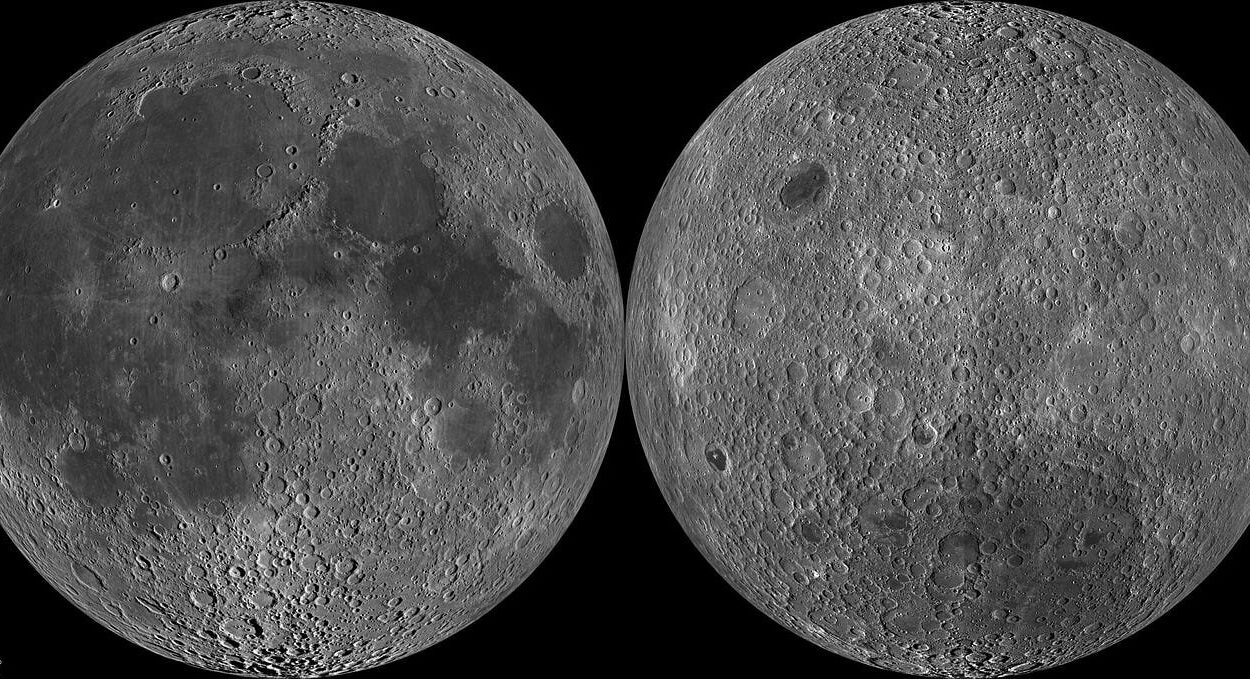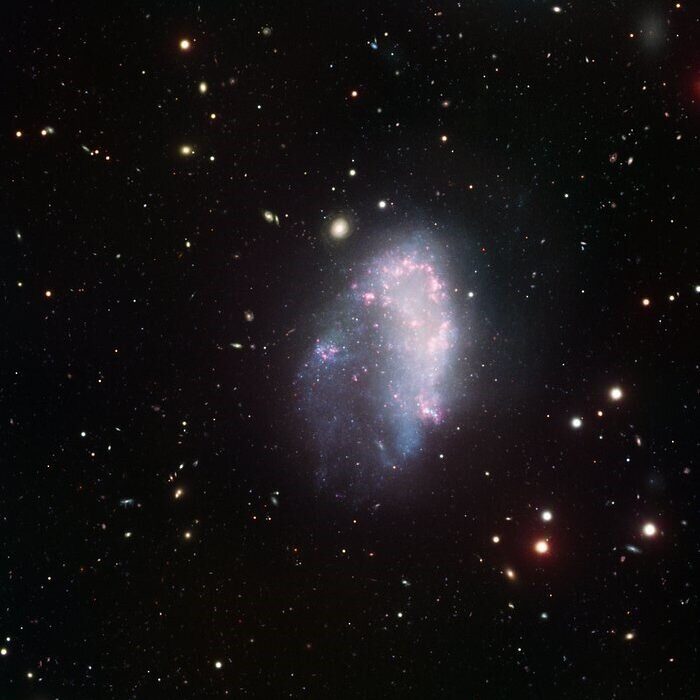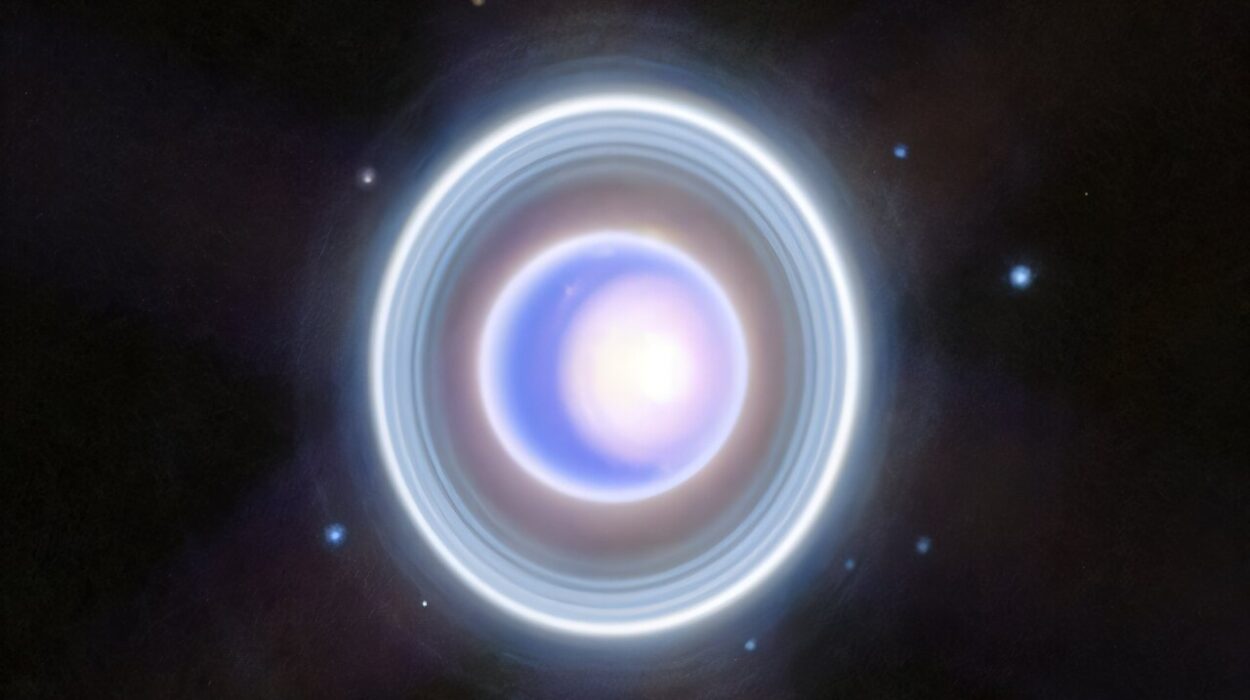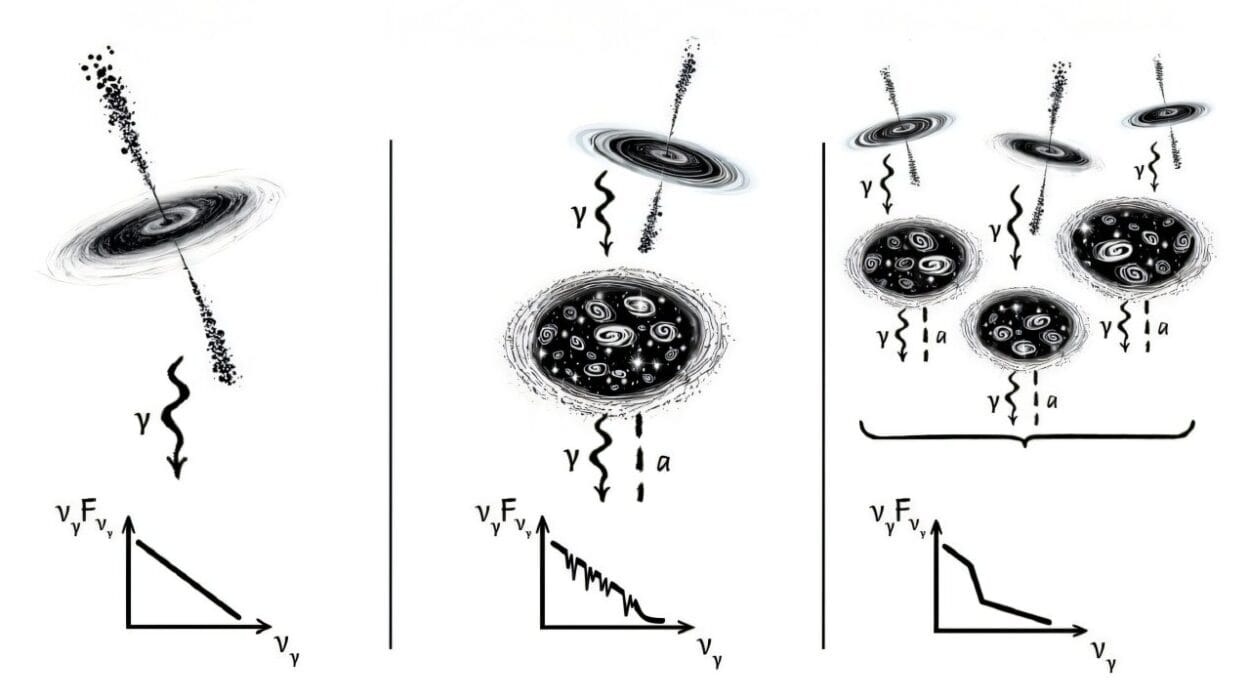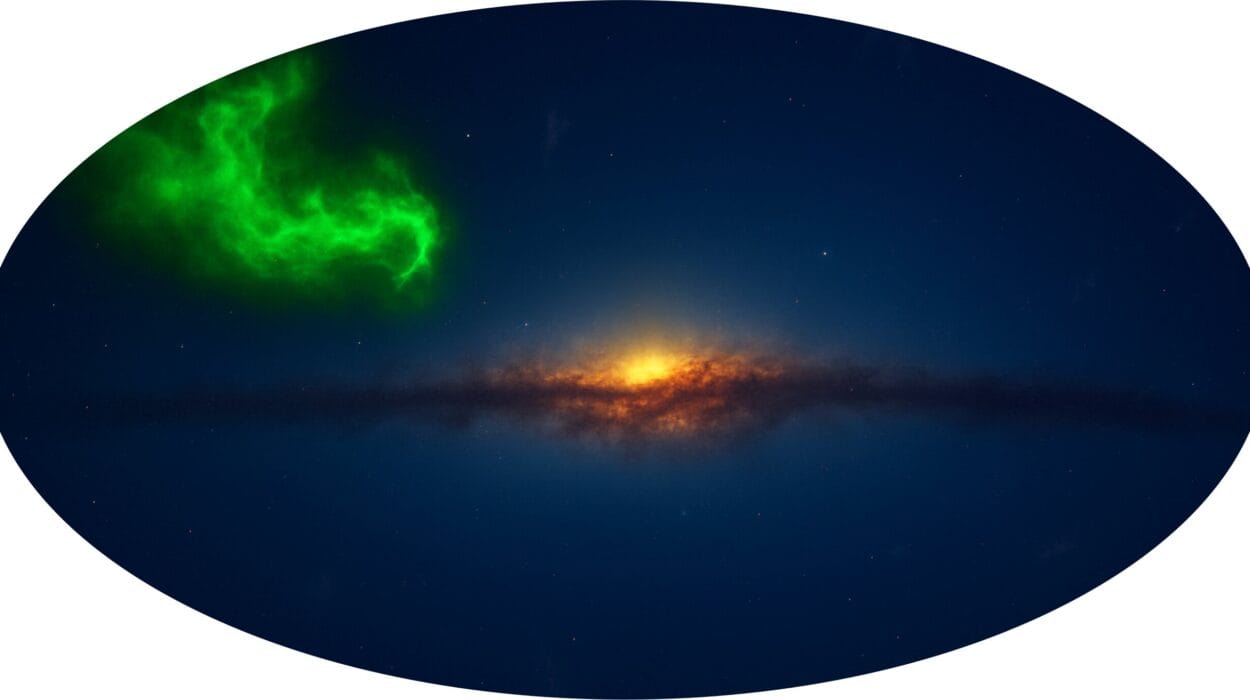The quest for extraterrestrial life has been a long-standing endeavor, rooted in humanity’s fascination with the stars and the possibility of encountering other intelligent beings. This search for life beyond Earth often goes hand in hand with the search for planets that could support such life. As astronomers probe the vast expanse of the universe, their methods for detecting potential alien civilizations have evolved, becoming more sophisticated over time. One of the most promising techniques in recent years involves the detection of atmospheric chemicals, known as technosignatures, that could be indicative of an advanced civilization. These chemicals, which are primarily the result of industrial activity on Earth, offer a potential clue that could reveal the existence of extraterrestrial intelligence. A recent study led by researcher Dwaipayan Dubey has explored the viability of detecting polycyclic aromatic hydrocarbons (PAHs) as a potential technosignature, offering new insights into the ongoing hunt for alien civilizations.
PAHs are a group of organic compounds composed of multiple aromatic rings, which are formed through the combustion of fossil fuels. These hydrocarbons are not only prevalent in the atmosphere of Earth but are also considered to be a byproduct of life. Their discovery on other planets or moons could suggest the presence of life, and in particular, the kind of life that produces significant environmental impact, such as the industrial activities that characterize modern human civilization. On Earth, PAHs are a byproduct of the burning of fossil fuels, including coal, oil, and gas. The idea that similar compounds could exist in the atmospheres of exoplanets, particularly those in habitable zones, is an intriguing possibility for researchers who are trying to identify technosignatures of advanced civilizations.
The concept of searching for technosignatures—specific chemical compounds or other evidence of technology that could point to the presence of intelligent extraterrestrial beings—is not new. Over the decades, astronomers have explored various methods for detecting alien life or technological activity, many of which have focused on listening for signals or scanning the skies for unusual patterns. One of the earliest and most well-known initiatives in this regard is the Search for Extraterrestrial Intelligence (SETI), which uses powerful radio telescopes to listen for abnormal radio signals or laser pulses that could indicate the presence of extraterrestrial civilizations. However, despite decades of searching, SETI has yet to detect any definitive signs of alien life.
Similarly, astronomers have also looked for signs of life by investigating the so-called “habitable zones” around stars. These are regions where conditions are favorable for liquid water, a critical component for life as we know it. By focusing on exoplanets within these habitable zones, researchers have expanded their search for life beyond our own solar system. The discovery of exoplanets with conditions that might support liquid water, such as those in the “Goldilocks zone,” has fueled hopes that life could exist on these distant worlds. Yet, despite these efforts, no conclusive evidence of extraterrestrial life has been found.
Against this backdrop of existing research, Dubey and his team introduced a new approach in their article published in The Planetary Science Journal. Instead of relying solely on traditional methods such as radio signal detection or searching for water, they explored the potential of detecting PAHs in the atmospheres of exoplanets. Their research raises the question: could the presence of these hydrocarbons be a sign of an advanced civilization, similar to how industrial activity on Earth has led to the release of PAHs into the atmosphere?

The team’s interest in PAHs was piqued by their previous detection in space. PAHs are known to exist in the interstellar medium—the diffuse matter that fills the space between stars—but their association with life and biological processes makes them an intriguing target for researchers. PAHs were first brought into the public spotlight when they were detected inside a Martian meteorite. This discovery garnered significant attention because PAHs are often considered to be a byproduct of life. While the debate about whether life ever existed on Mars continues, the presence of these hydrocarbons in Martian meteorites fueled speculation that life could have once existed there.
In their study, Dubey and his team focused on identifying specific PAH molecules that could be detected in the atmospheres of exoplanets. These molecules, including naphthalene, anthracene, phenanthrene, and pyrene, are known to have absorption cross-sections, which means they have the potential to absorb light at specific wavelengths. These absorption features could be detected by telescopes, offering a way to identify these compounds in the atmospheres of distant planets. The idea is that if an exoplanet’s atmosphere contains significant amounts of these hydrocarbons, it could be a sign of advanced civilization, as industrial processes on Earth have been known to produce similar compounds.
An absorption cross-section refers to the probability of a molecule absorbing light at specific wavelengths, and it is a crucial factor when it comes to detecting the presence of certain chemicals in the atmosphere of an exoplanet. Larger telescopes with powerful spectrographs can be used to detect absorption lines, which are unique signatures of various molecules. The research team hypothesized that a large telescope, such as the 8-meter Habitable Worlds Observatory, could detect the PAH molecules by analyzing the spectral signatures of exoplanet atmospheres.
The team also took into account the current levels of PAHs in Earth’s atmosphere. They noted that PAH concentrations on Earth have decreased slightly since the Industrial Revolution, likely due to the implementation of cleaner technologies and environmental regulations. Despite this decline, PAHs still serve as an indicator of industrial activity and could be useful in the search for technosignatures. By simulating various PAH concentrations in planetary atmospheres, the researchers aimed to understand the feasibility of detecting these compounds in exoplanets, particularly those with conditions similar to Earth’s.
However, the team’s analysis also revealed some challenges. They examined different telescope configurations and considered the potential of large mirror telescopes to improve the resolution and light-gathering capabilities required for PAH detection. While large mirrors improve the telescopes’ ability to resolve fine details in spectral data, the researchers found that even with mirrors as large as 6 meters, 8 meters, or 10 meters, the signal-to-noise ratio would be insufficient to clearly detect the PAH signatures they were looking for. This limitation, according to the team, means that the detection of PAHs in exoplanet atmospheres using Earth-based telescopes is currently infeasible, at least with the technology available.
While the research did not yield a positive outcome in terms of detecting PAHs with existing telescope technology, it is still a valuable contribution to the broader field of astrobiology and the search for extraterrestrial intelligence. Negative results, while disappointing, are an essential part of scientific inquiry, as they help refine existing methods and open the door for future advancements. In this case, the team’s findings suggest that more research is needed to improve the detection capabilities of these molecules. This could involve developing more sensitive instruments, improving telescope technology, or exploring other methods for identifying technosignatures in the atmospheres of distant planets.
Despite the setbacks, the search for extraterrestrial life continues to evolve, with researchers constantly refining their techniques and exploring new possibilities. The hunt for alien civilizations may eventually require a combination of approaches, from studying atmospheric chemistry to scanning for signals, to provide the most comprehensive picture of the universe. In the meantime, Dubey and his team’s work offers an important reminder that progress in scientific exploration is often achieved through incremental steps, including learning from the challenges and limitations faced along the way.
The search for life beyond Earth is one of humanity’s most exciting scientific endeavors, and while the results of this particular study may not have yielded the breakthrough that many were hoping for, the search will continue. With each discovery, we inch closer to the day when we might finally find evidence of life—whether in the form of microbial organisms, distant alien civilizations, or even traces of advanced technologies—on a planet far, far away.
Reference: Dwaipayan Dubey et al, Polycyclic Aromatic Hydrocarbons as an Extraterrestrial Atmospheric Technosignature, The Planetary Science Journal (2025). DOI: 10.3847/PSJ/ad98eb


